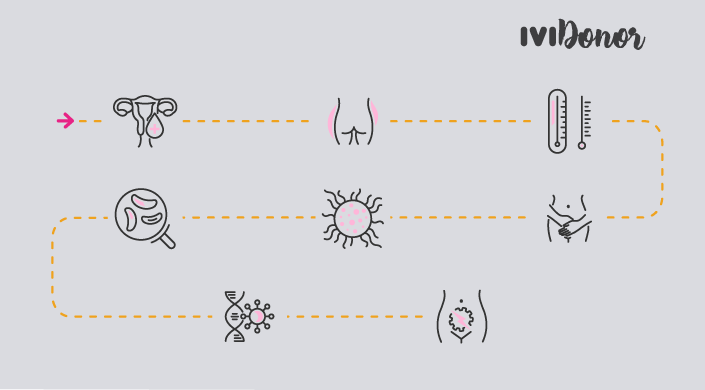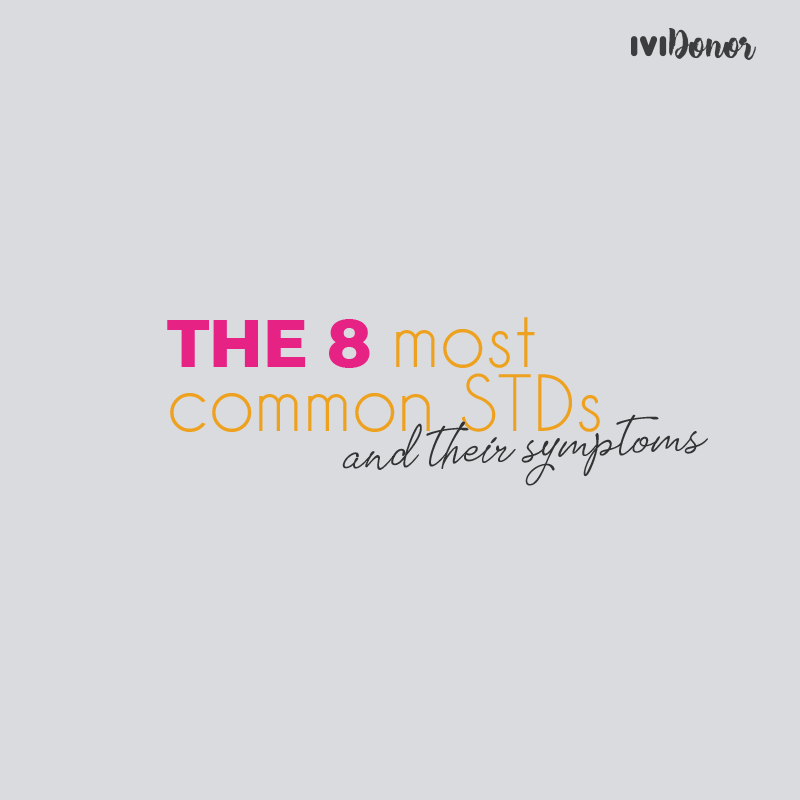Perhaps you have already heard about the most common STDs (sexually transmitted diseases) on many occasions but you do not know exactly what their symptoms are and even what kinds exist.
The reality is that many younger and adult women do not realise they suffer from them, and other simply do not make enough effort to prevent them and control them.
That is why, today we will tell you all you need to know about STDs and the most common diseases among them, so that you are always well-informed and as a result, manage to avoid them.
Table of contents
What are STDs?
To be more precise, they are infections caused by bacteria, viruses, parasites and fungi. They are passed from one person to another through sexual contact.
STDs affect both men and women but in many cases, it is women who tend to suffer from major health problems when they get infected.
The symptoms of these diseases are not always evident. Some are asymptomatic whereas others easily detectable.
However, all are contagious and one should always use protection to prevent infection during sexual intercourse, such as various contraception methods available on the market.
In case of doubt, one must perform a cervical screening test, urine or blood test to discard or diagnose any of the conditions.
What are the most common STDs?
We will introduce you to the 8 most common STDs and their symptoms, so that you are up-to-date and know how to react as soon as possible if faced with an illness of this kind:
Chlamydia
- Considered to be the most common bacterial infection.
- Its main symptoms are:
- heavy flow
- abnormal bleeding
- pain during sexual intercourse and while peeing.
- It can be transmitted through vaginal, anal and oral sex and even from mother to child during pregnancy.
- It is known as a “silent” disease as it normally shows no symptoms.
- It can infect cells of the cervix, urethra and rectum.
Gonorrhea
- It is a bacterial infection that affects principally urethra, cervix, rectum and anus.
- The main symptoms are:
- burning sensation while peeling
- yellowish vaginal discharge
- anal itching.
- They normally appear 1 to 14 days after the intercourse.
Syphilis
- It spreads by oral, vaginal and anal sex and at times through skin-to-skin contact with an infected person.
- The symptoms resemble those of fever and flu, making it sometimes difficult to recognise.
Genital herpes
- It is similar to the one that appears in one’s mouth and can be spread through oral sex. Just as in the case of oral herpes, once the virus enters your body, it stays there your whole life.
- Regarding the symptoms, painful blisters around vagina form and they tend to do so a long time after having got the disease.
HIV / AIDS
- This well-known virus infects the cells of the immune system and destroys them, making the body unable to protect itself against other infections. For the time being, there is no cure.
- It is spread via blood, vaginal fluids or breast milk getting into the bloodstream of a body.
- The symptoms may not appear immediately and its presence can be detected by means of a blood test.
Trichomoniasis
- It is a very common STD and it is mostly spread by sexual contact.
- It infects the cells of vagina and urethra.
- The symptoms are:
- white or unpleasant-smelling discharge
- vaginal burning
- itching and abdominal pain.
- It should be noted that nearly half of the women affected by the disease show no symptoms.
Condylomas (HPV)
- Also known as genital warts, they are very common and contagious. Condylomas are caused by the Human Papilloma Virus (HPV).
- It spreads through sexual intercourse and through skin-to-skin contact.
- It may cause cervical cancer.
- The symptoms are:
- the appearance of genital warts
- discomfort in the genital area.
Candidiasis
- Considered also a vaginal infection, it is caused by a strain of fungus called candida, which is present in our skin but sometimes starts spreading and causes the disease.
- Many factors contribute to its appearance, from wearing tight clothing to illnesses affecting our immune system.
- This fungus is transmitted sexually.
- Some of the symptoms are:
- vaginal swelling
- excess whitish discharge
The majority of STDs can be treated and eliminated on time, sometimes only by taking antibiotics. So have no doubt that on noticing even a minor symptom resembling what we had just described, seeing a doctor is always the right thing to do.




